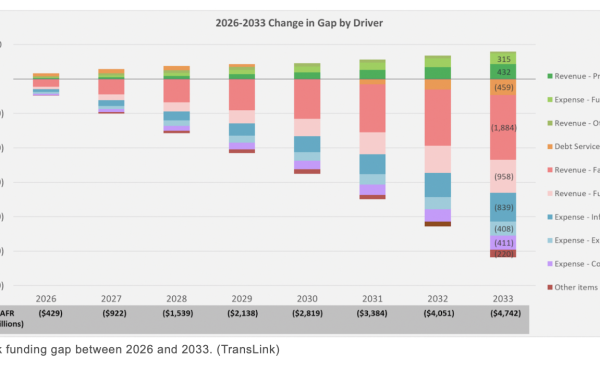

Author: Jerry D. Moore (University of California Press, 2012)
Home. The word evokes countless mental images, feelings and emotions. Yet, as we go about our daily lives filled with hectic schedules, affordability concerns, and an unpredictable economy, we tend to overlook the rich and varied history of our domestic dwellings. From the seasonal settlements of the earliest hominids to the transparent skyscrapers of the present, humans have moved well beyond building simple ‘shelters’ common in the animal kingdom. Our drive to build homes has lead to experimenting with countless different modes of living for thousands of years, across the diverse landscapes of our planet.
With this in mind, although the technologies we have developed have changed drastically over the centuries, we share many of the same motivations and needs as those our who first tried to create an environment within which to dwell. As such, traveling across the historical arc of homes intimately connects us to our ancestors and uncovers the many struggles and similarities we share—a journey well worth undertaking, especially under the experienced guidance of California State University Professor of Anthropology Jerry D. Moore in The Prehistory of Home.
In the words of the author, “The goal of the books is to survey the ways that small, forgotten things from the past illuminate the varieties of the domestic experience…and explore how the broad archeological of understanding the past intersects with the continuing human domestic project.” Towards this end, the book is organized into 12 chapters—The Prehistory of Home, Starter Homes, Mobile Homes, Durable Goods, Model Homes, Apartment Living, Gated Communities, Noble House, Sacred Homes, Home Fires, Going Home and Conclusion— each of which tackles a broad theme that pierces through cultural and temporal distinctions.
For example, one of my favorite chapters, Durable Goods, focuses on the development of sedentism and the home as a vehicle of storing goods. Within, Moore touches upon a number of fascinating issues connecting the 13, 500 year old Jomon homes of Japan to the current growth of self-storage facilities in North America used to hold all the stuff we own today.
All the other chapters make similar connections across time and space and roughly follow the same format: starting with a few introductory paragraphs that touches generally upon the theme in question, followed by a rich and varied historical looking at how humans have handled the issue over centuries past to present, and concluding with a wonderfully succinct recap of the section – lessons learned and food for thought. A small handful of images speak to the content discussed, but these do not account for a significant part of the book.
The Prehistory of Home is an exquisite and fascinating look into the rich diversity of different settlements across culture, place, and time. The language is extremely accessible – even poetic, at times. The topic, relevant. And its simple format with chapters that include concise introductions and conclusions make it an easy book to reference once one has finished.
This is an excellent book for anybody seeking a deeper understand of the built environment and the unique role of homes within it. Planners, architects and designers – who tend to focus intently within their particular disciplines – would certainly benefit from the large-scale perspective on the subject. I don’t hesitate to say that it is one of my top choices for 2012, and it will proudly join the bookshelf alongside the most thought-provoking and influential books I have read to-date.
***
Erick Villagomez is the Editor-in-chief at Spacing Vancouver. He is also an educator, independent researcher and designer with personal and professional interests in the urban landscapes. His private practice – Metis Design|Build – is an innovative practice dedicated to a collaborative and ecologically responsible approach to the design and construction of places. You can also see some of his drawing and digital painting adventures at Visual Thoughts.



